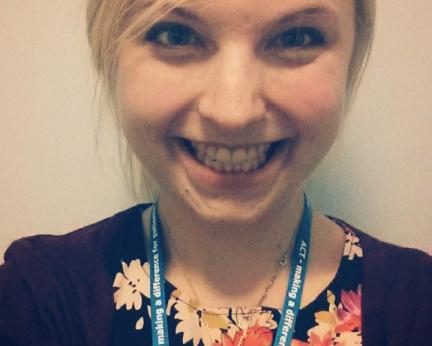Nuclear medicine uses radioactive drugs for a wide range of medical conditions, including cancers, renal failure, or heart disease. Our radioactive tracers are usually injected into patients, but some are inhaled, drank or swallowed in capsule form. As part of my job I will check patient tests, fix any equipment problems and administer therapies.
I also ensure that work practices using radioactive materials are safe for staff, patients and their loved ones. This is especially true when handling large quantities of radiation for therapy work. The types of work I do involving patient therapies are varied. One day I might be spending three hours in an angiography theatre, surrounded by surgeons and nurses, and the next it could be something as simple as giving a patient a single pill to treat their condition.
I make time to read journals and publications to keep up-to-date with new techniques or research. I also routinely run quality control tests on our scanners to ensure that they are working to particular standards for patient imaging.
As part of my training, I completed a second Master’s including a project looking into imaging of patients with metal hip implants. As part of this, I came up with my own simulation for me to use in the scanner. It was a plastic container filled with a radioactive solution.
At the end of a day on duty, I visit my therapy patients on the ward, take some measurements to check their radioactivity levels while keeping my fingers crossed there are no emergencies! I can on occasion be called to respond to an emergency, like an overflowing radioactive drain, or to clean up radioactive contamination in a room or a person. When a person has suspected or is known to have radioactive contamination on them, they will be monitored, decontaminated and possibly scanned on our whole body counter. This is a great piece of equipment, constructed from parts of an old warship. We like to recycle!





